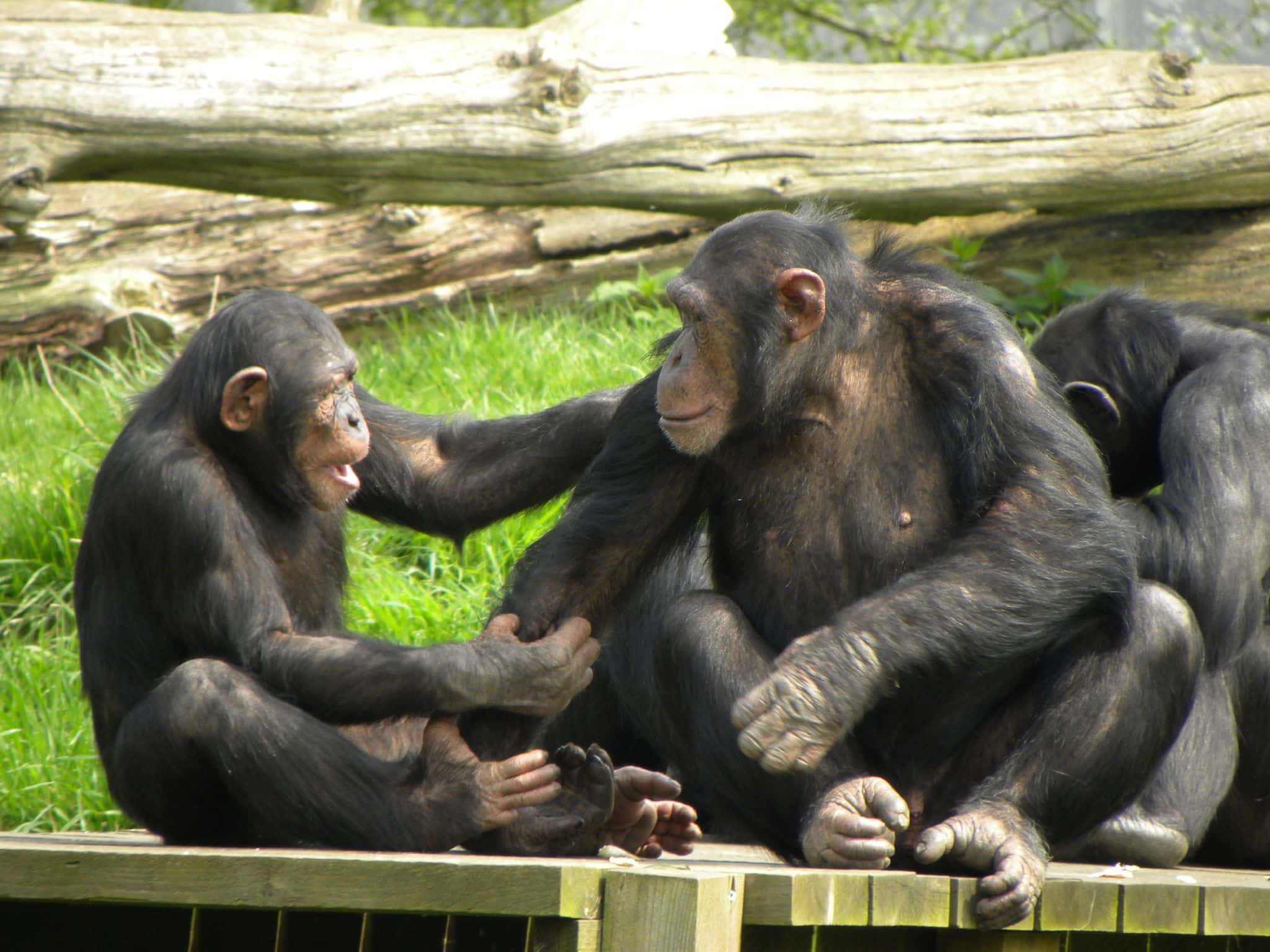

A new study has found that chimpanzees in Uganda’s Budongo Forest use medicinal plants to treat their own injuries and to help others who are hurt, offering rare insight into the early roots of healing behavior in primates.
Researchers from the University of Oxford observed chimpanzees in two neighboring communities, Sonso and Waibira, and documented dozens of cases where the animals applied care to themselves and others. These findings suggest that medical-like behavior may be more widespread in the animal kingdom than once believed.
Over four months, scientists recorded 41 cases of care. Seven involved one chimpanzee helping another, while the rest were self-treatment. The care ranged from licking wounds to applying chewed leaves or gently pressing fingers on injuries. In some cases, chimps were observed cleaning their genitals or wiping themselves with leaves, possibly to prevent infection.
“These behaviors add to the evidence from other sites that chimpanzees appear to recognize need or suffering in others and take deliberate action to alleviate it, even when there’s no direct genetic advantage,” said Dr. Elodie Freymann, lead author of the study published in Frontiers in Ecology and Evolution.
“By documenting how chimpanzees identify and utilize medicinal plants and provide care to others, we gain insight into the cognitive and social foundations of human health care behaviors.”
While similar behavior has been reported elsewhere, the consistency of these actions sets it apart. The Sonso group, in particular, showed a higher rate of prosocial care, possibly due to their longer exposure to human observers and stronger group bonds. About 40% of Sonso chimpanzees bore visible injuries from snares, yet researchers noted regular acts of care within the group.
Wild chimpanzees have been observed self-medicating their wounds with plants, providing medical aid to other chimps and even removing others from snares left by human hunters, new research suggests.
The behaviors — which are documented in a new study published in the journal… pic.twitter.com/fOomx4dYD8
— Professor Erwin Loh (@erwinloh) May 14, 2025
Dr. Freymann emphasized that plants used in these behaviors may have healing properties. Some leaves applied to wounds are also used in traditional human medicine and contain natural chemicals that could help recovery. However, more scientific testing is needed to confirm their effects.
Importantly, the chimps offered care across age and gender lines. In four out of seven cases of helping others, the caregiver and the recipient were unrelated. This challenges the belief that such behavior is limited to family ties or close allies.
The study relied on live observations, historical field notes, video recordings, and input from other primate researchers. Despite the promising insights, Freymann cautioned that limitations remain. Researchers may have had more opportunities to witness rare care behaviors because the Sonso group is more accustomed to human presence than Waibira.
Still, the findings raise compelling questions. Why do chimpanzees choose to help? When do they decide not to? And how much of this behavior mirrors early human health care practices?
Freymann said these are questions for future research. However, one thing is clear: chimpanzees are capable of care, choice, and compassion.
